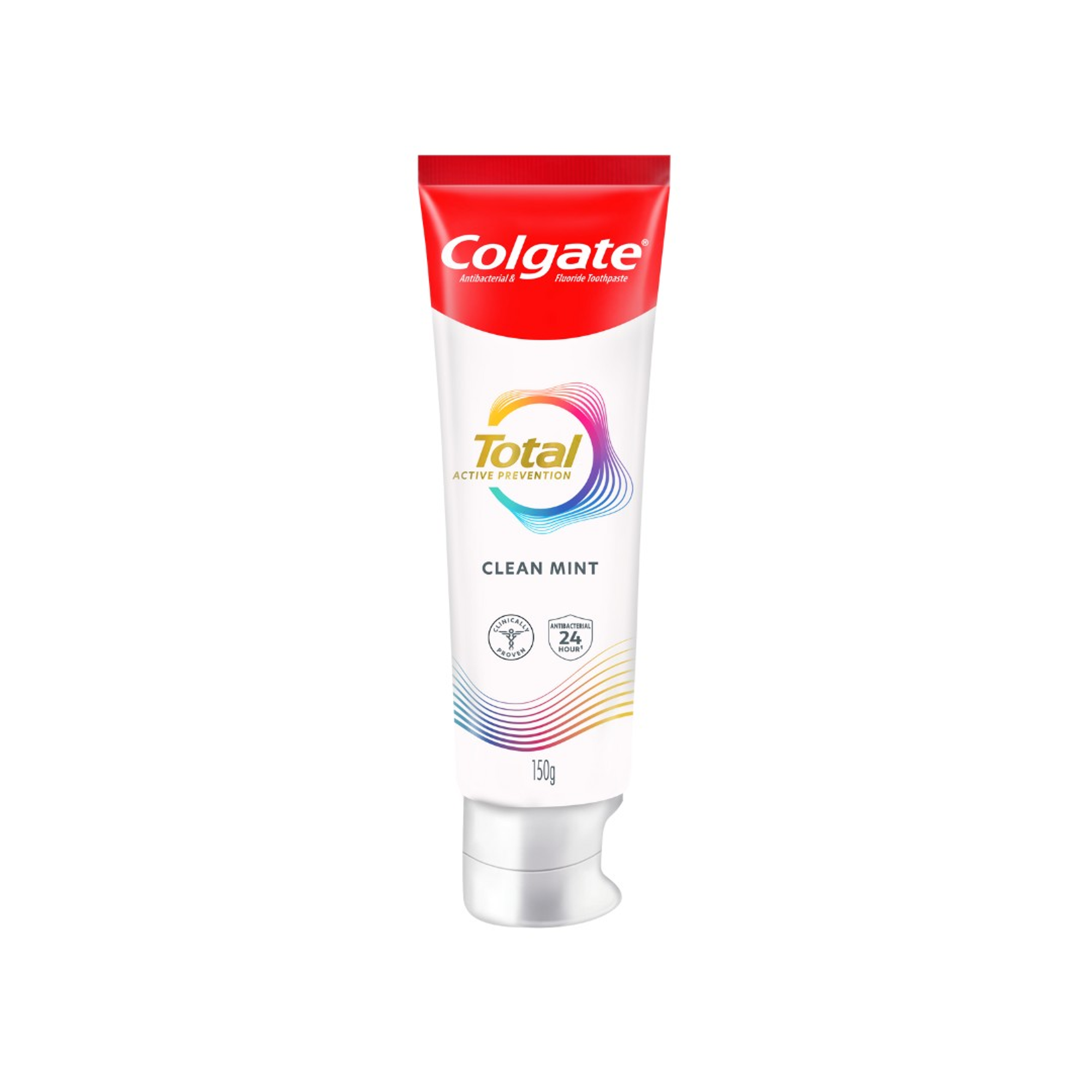When to Start Brushing
Good oral hygiene should begin at an early age. An infant's mouth can be cleaned after each feeding. Begin by cradling the head with one hand while using your free hand to wipe the baby's mouth with a clean wet gauze, wet cloth or xylitol wipe. A child's teeth should be brushed as soon as the first tooth erupts.
General Brushing Tips
- Brush an infant's teeth by wetting a soft-bristled, age-appropriate toothbrush with water. If fluoride toothpaste is considered before the child's first birthday, it is best to first ask a dentist or pediatrician.
- If fluoride toothpaste is used for children who have a moderate or high risk for tooth decay, apply a smear which is smaller amount of toothpaste than a pea-sized amount (less than 2 years old) and a pea-sized amount (ages 2–5) to the toothbrush. Parents should brush the toddler's teeth in the bathroom while the child is watching the parent.
- Children 6–8 years of age may be capable of brushing by themselves. Parents should inspect their child's teeth if they are unsure whether their child is missing certain areas in the mouth.
- Encourage your child to brush at least twice a day, morning and night, with a soft-bristled toothbrush. Harder bristles may be too abrasive for young children.
- Battery-powered toothbrushes can also be used to gently remove the sticky film, called plaque, from the teeth and gums.
- Your child's toothbrush should be replaced every three to four months, or sooner if it is worn out or frayed. It is also a good idea to replace the toothbrush after a cold or flu to avoid reintroducing germs associated with those conditions.
- Toddlers (less than 2 years of age) should spit the toothpaste out as best they can after toothbrushing with parental guidance due to the fact that they are learning the expectoration (spitting out) process at this age and the addition of the fluoride will enhance tooth enamel to become stronger. Children (ages 2 to 5) can rinse with a small amount of water after toothbrushing.
Steps to Brushing and Flossing
Since young children may not know how to properly brush their teeth, parents should provide assistance. Parents can teach their children how to brush and floss by following these important steps:
How to Brush
- Step 1: To properly brush children's teeth, the parent or child should angle a soft-bristled toothbrush at 45 degrees towards the gums of the upper and lower teeth.
- Step 2: The toothbrush should be moved gently in a back-and-forth motion with short strokes along the teeth and gums. This technique should be continued along every tooth's interior and exterior surface in a similar way.
- Step 3: The tip of the brush should be placed in an upright position to reach behind the front teeth on the top and bottom.
- Step 4: Brush the tongue to remove bacteria on the surface.
When Children Should Floss
Children should start flossing when tooth surfaces are next to each other. It is important to floss at least once a day. Bacterial plaque and food can settle between the teeth, which can lead to gum disease, tooth decay and halitosis. The tongue should also be brushed to remove bacterial plaque.
How to Floss
- Step 1: Hold a short length of floss between the thumb and index finger, twining it around one finger at each end to gain better control. Be careful not to apply too much pressure when inserting the floss between the child's teeth.
- Step 2: Adjust the floss into a 'C' shape curve around each tooth and slide it up and down gently along the side of the tooth and under the gumline.
- Step 3: A new section of floss should be used for each tooth to avoid reinsertion of food and plaque.
- Step 4: An interdental brush can be used to clean between tooth surfaces that have space.
Life-Long Continuation
Regular dental visits can and should begin as early as six months after the first tooth erupts or after the child's first birthday. When a child is taught a new skill at an early age, they are likely to continue this behavior throughout adulthood. Teaching proper brushing and flossing techniques is important for developing good oral hygiene habits.














